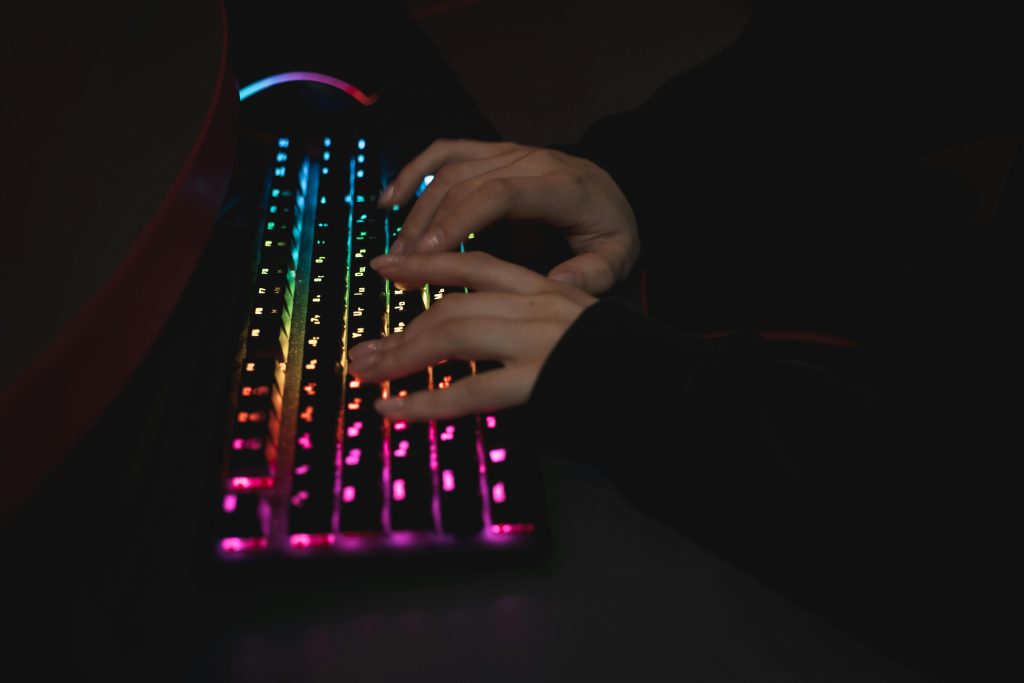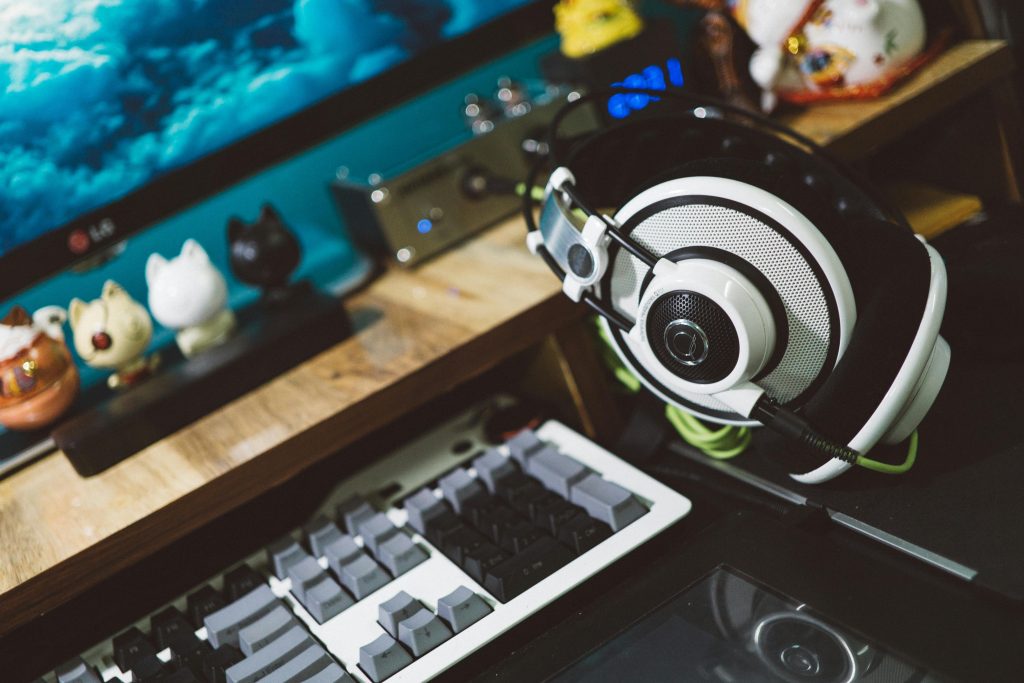Keyboards, essential tools of communication and interaction with computers, have evolved significantly since their inception. From the mechanical typewriters of the past to the high-performance gaming keyboards of today, this article explores the history, technological advancements, and impact of keyboards on typing efficiency, gaming performance, and computer interface design.

The Beginnings: Mechanical Typewriters
The history of keyboards dates back to the invention of mechanical typewriters in the 19th century. Early typewriters used mechanical keys and typebars that struck inked ribbons against paper to imprint characters. Each keystroke required significant force, making typing a physically demanding task. These typewriters laid the foundation for modern keyboards by standardizing the QWERTY layout, named after the arrangement of the first six letters on the top row of keys.
The Advent of Electronic Keyboards
The transition from mechanical to electronic keyboards began in the mid-20th century with the development of electric typewriters and computer terminals. Electronic keyboards replaced mechanical linkages with electronic circuits and switches, which reduced typing effort and improved typing speed. These keyboards featured membrane switches and capacitive sensing technology, paving the way for more compact and reliable input devices.
The Rise of Computer Keyboards
With the advent of personal computers in the 1970s and 1980s, keyboards became integral to computer interfaces. Early computer keyboards retained the QWERTY layout but introduced additional function keys, arrow keys, and modifier keys such as Control (Ctrl), Alt, and Shift. Keyboards also diversified with the introduction of ergonomic designs to reduce strain and improve comfort during extended typing sessions.
Mechanical Keyboards: A Renaissance
In recent years, mechanical keyboards have experienced a resurgence in popularity among enthusiasts and professionals. Unlike membrane keyboards, mechanical keyboards use individual mechanical switches beneath each keycap. These switches are categorized by their tactile feedback, actuation force, and audible click, offering users a customizable typing experience tailored to their preferences.
Mechanical keyboards are favored for their durability, responsiveness, and satisfying tactile feel. They are widely used in professions that require precise typing, such as programming, data entry, and content creation. Gaming keyboards, a subset of mechanical keyboards, incorporate features such as programmable macro keys, RGB lighting, and anti-ghosting technology to enhance gaming performance and customization options.

Technological Advancements
Advancements in keyboard technology have led to the development of various switch types, including Cherry MX, Razer Mechanical, and proprietary switches by keyboard manufacturers. These switches vary in actuation force, travel distance, and tactile feedback, catering to different typing preferences and gaming requirements.
Furthermore, wireless keyboards have gained popularity for their convenience and clutter-free setup, using Bluetooth or proprietary wireless protocols for connectivity. These keyboards offer mobility and flexibility, allowing users to type from a distance or switch between multiple devices seamlessly.
Ergonomics and Design Innovation
Modern keyboards focus on ergonomic design principles to enhance user comfort and reduce repetitive strain injuries. Ergonomic keyboards feature split layouts, adjustable tenting, and wrist rests to promote a more natural hand position and alleviate strain on the wrists and fingers. Some keyboards also incorporate adjustable key switches and customizable layouts to accommodate diverse ergonomic needs.
Design innovation extends to the aesthetic and functional aspects of keyboards, with customizable keycaps, backlighting effects, and programmable software interfaces. These features allow users to personalize their keyboards for both aesthetic appeal and functional efficiency, whether for work, gaming, or creative pursuits.

The Future of Keyboards
Looking ahead, the future of keyboards is likely to incorporate advanced technologies such as haptic feedback, pressure-sensitive keys, and integrated biometric authentication. Keyboards will continue to evolve to meet the demands of emerging technologies, including augmented reality (AR), virtual reality (VR), and artificial intelligence (AI) interfaces.
Conclusion
In conclusion, keyboards have evolved from mechanical typewriters to sophisticated input devices that shape our interaction with computers and digital interfaces. The transition from mechanical to electronic and then to modern mechanical and gaming keyboards reflects ongoing innovations in technology, design, and user experience. As keyboards continue to evolve, they remain indispensable tools for productivity, communication, and immersive digital experiences in the 21st century.